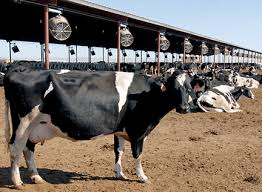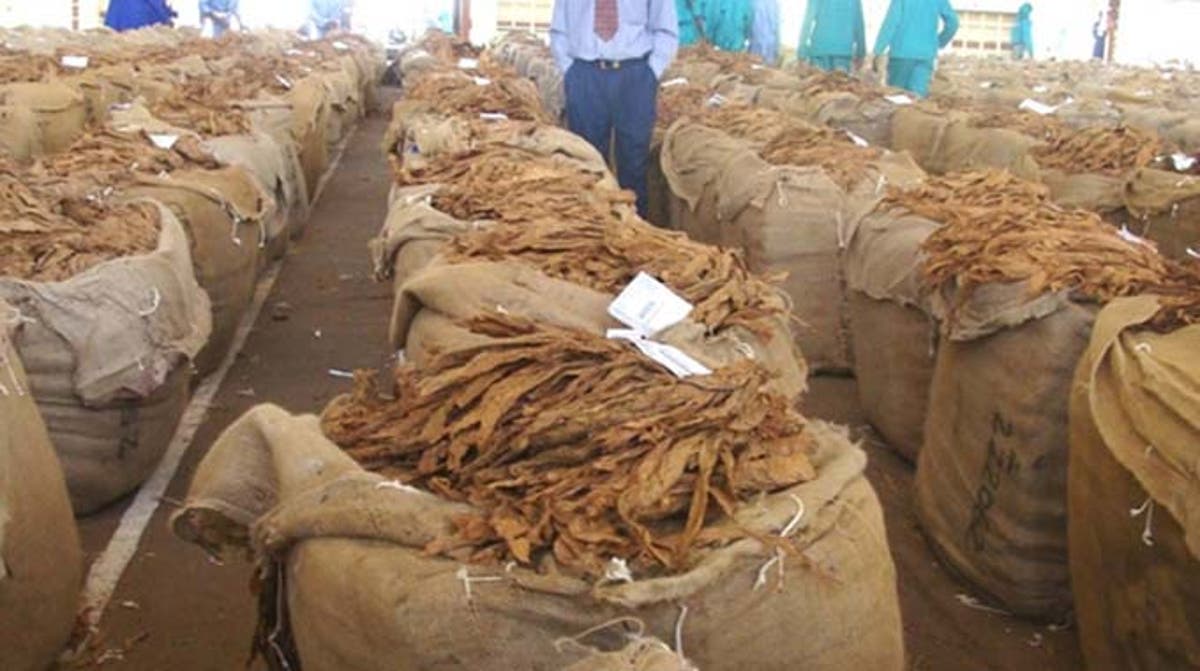ZiG to bring stability, certainty — NMBZ
LISTED banking group NMBZ Holdings is upbeat the new monetary framework introduced by the Government will help stabilise the economy and bring certainty in the execution of the country’s monetary and financial affairs.
This comes as Zimbabwe is expected to see headwinds stemming from the adverse impacts of the El Nino induced drought on agriculture production. This added to inflationary pressures and currency volatility the economy experienced, which had a knock-on effect on business.
The first quarter to March 31, 2024, started with elevated inflation levels, with the month-on-month blended inflation rate at 6,6 percent in January 2024 and later declining to 4,9 percent in March. During the same period, the economy witnessed a rapid depreciation of the local currency, further presenting challenges to the operating environment.
However, the Bank of Zimbabwe (RBZ) introduced a set of measures in its monetary policy statement (MPS) to tackle these challenges through a framework to restore currency and exchange rate stability, control money supply, and support economic growth.
“The new monetary framework has re-monetized the local currency and enhanced its functions as a medium of exchange and store of value,” said group company secretary Ms Violet Mutandwa in a trading update for the quarter.
“The framework is envisaged to foster stability, simplicity, certainty, and predictability in the execution of monetary and financial affairs,” she said.
One of the major steps is the introduction of a new structured currency, the Zimbabwe Gold (ZiG), which is anchored by a composite basket of foreign currency and precious metals (mainly gold) held as reserves.
Additionally, the bank policy rate was reduced from 130 percent per annum under the Zimbabwe dollar era to 20 percent per annum under the new monetary regime.
“This should assist in reducing inflationary pressures in the short to medium term,” she said.
Inflation is expected to stabilise and average between 2 percent and 5 percent annually with key sectors such as mining (gold and other critical minerals) and tourism expected to drive economic growth in 2024.
Meanwhile, the group generated operating income of $1,3 trillion for the quarter under review signifying a 203 percent increase from the $429 billion recorded for the same period in the prior year.
The banking group attributed the strong performance to increased transaction volumes, diversified product offerings and a strong balance sheet composed of US dollar-denominated assets that drive foreign currency earnings. Loans and advances amounted to $1,7 trillion at the end of the quarter and 92 percent were denominated in US dollars. On the other hand, deposits amounted to $1,4 trillion and 87 percent were denominated in US dollars.
Ms Mutandwa indicated that the bank continued to practice prudent lending focusing on quality assets and this has kept the non-performing loans ratio at low levels of 0,73 percent compared to 1,11 percent as of December 31, 2023.
By the close of the quarter, the bank’s adequacy ratio stood at 28,17 percent compared to a regulatory minimum of 12 percent.
“The group and the bank (regulated subsidiary) are well capitalised and the directors continue to ensure that the capital levels remain adequate as prescribed and in line with the business requirements,” she said.
Meanwhile, group chief executive officer Mr Gerald Gore told shareholders at a recent annual general meeting that the group is currently sitting on US$57 million lines of credit and is negotiating for an additional US$25 million with two different funders.
Mr Gore said the bank has been successful in mobilising lines of credit lines to support companies in key economic sectors such as agriculture and exporters.
“So far, we have about US$57 million of lines of credit, and we are talking to two additional funders. We are at different stages; one is at the documentation stage, and the other is a recent due diligence exercise. In total, we have about US$25 million.
“All the lines of credit we are mobilising are put into exporters, companies that generate exports, because that helps when they want to repay the lines,” he said.
-herald










